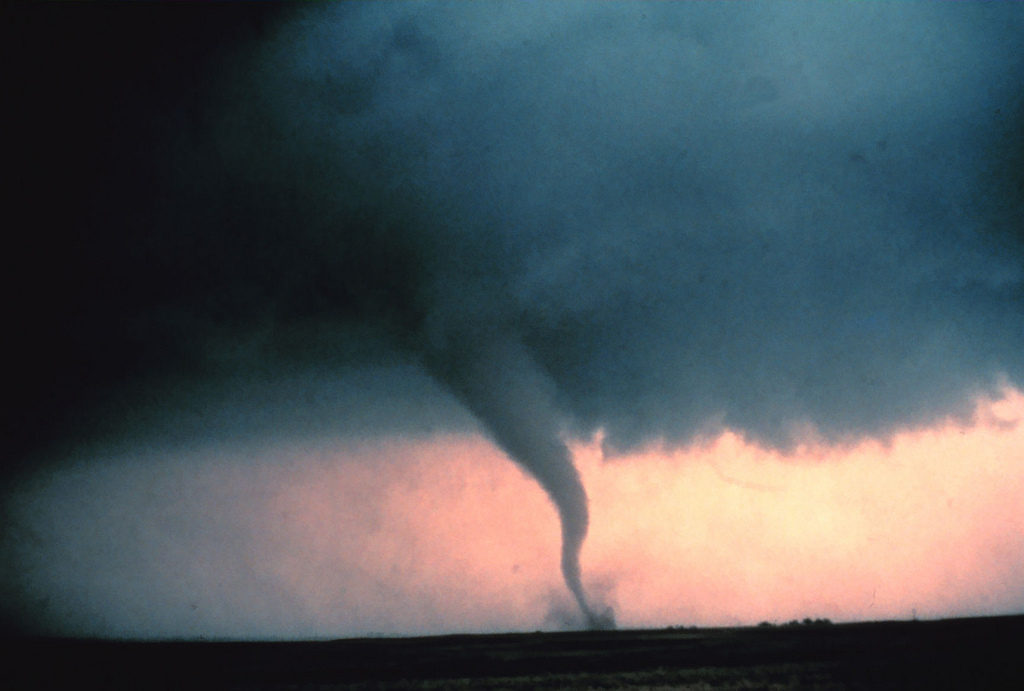
Severe weather is a major cause of death and destruction. Recent hurricanes provided all too many examples. The catastrophic flooding from Hurricane Harvey led to more than 60 deaths and necessitated thousands of emergency rescues. And yet, increasingly, weather events like hurricanes don’t occur without warning and accurate weather forecasts are increasingly common.
A report recently issued by the National Academies of Sciences, Engineering and Medicine concludes that accurate weather forecasts alone cannot minimize the destructive effects of severe weather. What is needed above and beyond the meteorological science is a better understanding of how individuals, households and communities respond to forecasts, watches and warnings.
The social and behavioral sciences need to tackle the underlying causes of much of the human cost in weather events. The dominant cause of weather-related deaths in the United States is vehicle accidents linked to weather. Even with advanced forecasts and new vehicle technology, 6,000 people are killed and more than 445,000 people are injured each year in weather-related crashes. This is nine times the number of fatalities due to other weather-related causes. When it comes to driving their cars, people do not appear to take severe weather seriously enough.
How people receive weather forecasts continues to change with the emergence of new apps and various products from private companies. We need to continue to develop better ways to get critical weather information to people and instruct them on how to make use of that information. It is one thing to know what is coming; it is another to know what to do about it. Public safety depends on developing these skills.
***********
Web Links
Weather readiness depends on more than just a good forecast
Photo, posted September 28, 2010, courtesy of NOAA Photo Library via Flickr.
‘Being Ready for Adverse Weather’ from Earth Wise is a production of WAMC Northeast Public Radio.
Leave a Reply